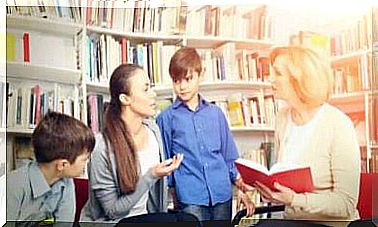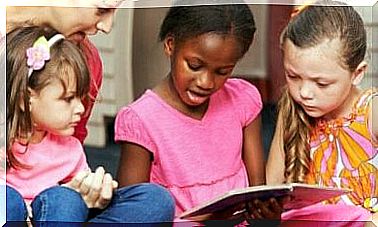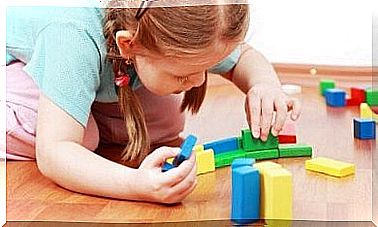Meditation Exercises For Children
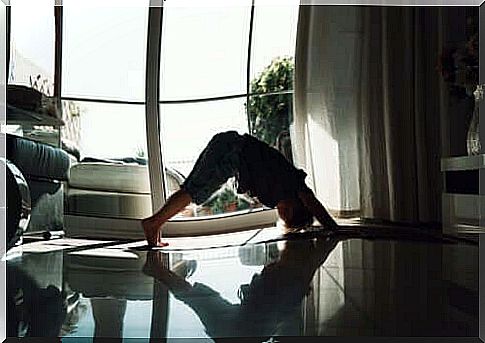
Today, children are bombarded with excessive activities, screens, lots of information. They have a busy life, and believe it or not, the little ones can experience stress, so meditation exercises for children can help relieve symptoms.
One of the most typical ways in which parents detect signs of stress, depression or anxiety is by observing whether their child is having difficulty falling asleep. Other signs of stress in children include headaches, abdominal pain and hyperactivity. Therefore, meditation can be the solution.
A very effective way to help children cope with and treat stress is by meditating. Meditation can prevent stress in children and help heal the children who are struggling with it.
It is also a wonderful way to help the little ones relax after a long day, enabling them to achieve peaceful nights of sleep.
You do not need to have experience with meditation to be able to help your child get started with it. So here are some ways to get started.
Meditation exercises for children
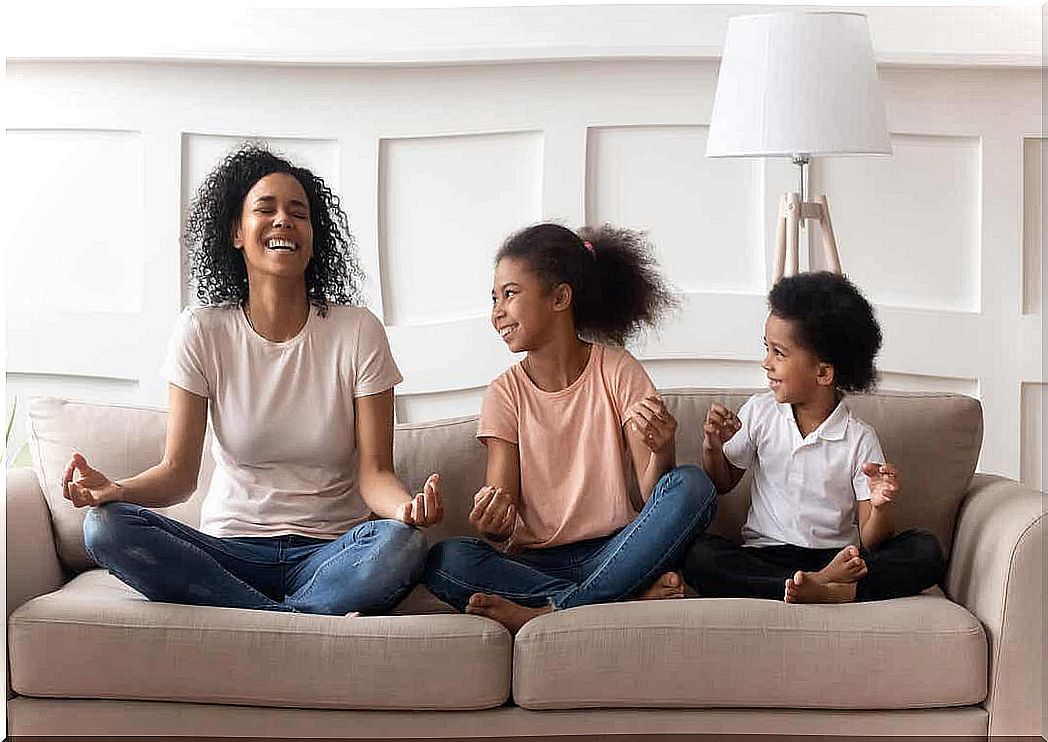
Yoga classes for children
If your child likes to move, yoga can be a great way to learn the basics of meditation. In the Western world, our view is that yoga is primarily a source of exercise.
But its origin (thousands of years ago) was for meditation. And now most of the yoga classes for children also include time to relax and meditate.
Teaching mindfulness in school
Mindfulness offers young children tools to calm their bodies, relax their minds and help them deal with their thoughts.
Mindfulness meditations often focus primarily on the breath: Children learn to pay attention to the breath when their thoughts begin to wander. This not only helps children relax but also helps them concentrate better in school.
Deep breathing
Deep breathing is a great technique to teach your child. Breathing is natural for us and helps us regulate ourselves in many ways. When a child becomes nervous, anxious or stressed, deep breathing can help them regain their balance.
By teaching children deep breathing at home, you can help children remember to use this technique during difficult times of the day.
To start with, focus on your breathing. Talk about the parts of your body where you can feel it – in your nose, throat, chest and abdomen. Ask your child to tell you this while they are breathing.
Inhale for three seconds, hold your breath for another three seconds, exhale for another three seconds, and pause for three seconds until you start again.
After practicing this technique for a while, you can make the sequences longer and longer and the breathing deeper and deeper. This technique is very good for both adults and children who have difficulty falling asleep. When the mind wanders (which it will) you can focus on counting and breathing again.
Mantras in meditation
You can practice saying mantras with your child. In this sense, repeating the same mantra that both you and your child think is important can also help your child meditate. Repeat the sentence and adjust it so that it is easy to say. Have your child repeat it with their eyes closed.
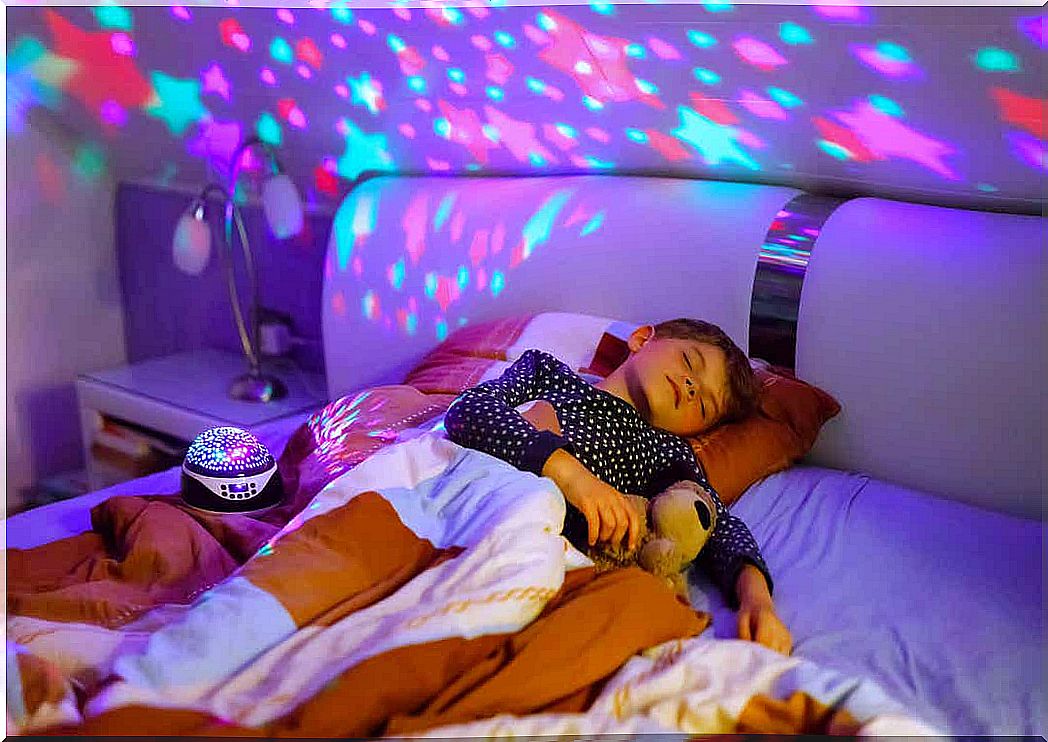
Some examples of mantras that work are the following:
- I love my life and life loves me.
- I am always loved and love comes easily to me.
- My heart is full of love and I love myself more than anything else.
- I let go of what does not suit me.
- I am grateful for…
- The world is a safe place and so is my home.
- I have everything I need and I can take good care of myself.
- My body is healthy and my mind is strong.
Meditation exercises for children before bedtime
Meditation exercises for children before bedtime are very useful in calming the nervous system and lowering the level of stress hormones in the child. In general, a child can meditate for the number of minutes corresponding to their age. However, if meditation causes your child to relax, it may last longer and will facilitate the transition to sleep.
To achieve this, ensure a calm and peaceful environment in your child’s bedroom with soft lighting, soft music and even aromatherapy. You can even use an app with guided meditations. Your child will learn to relax in mind and body, and will have much easier time falling asleep and resting.
As you can see, there are different ways to meditate, and you can choose the one that best suits your children’s needs and abilities. What are you waiting for to try them?
